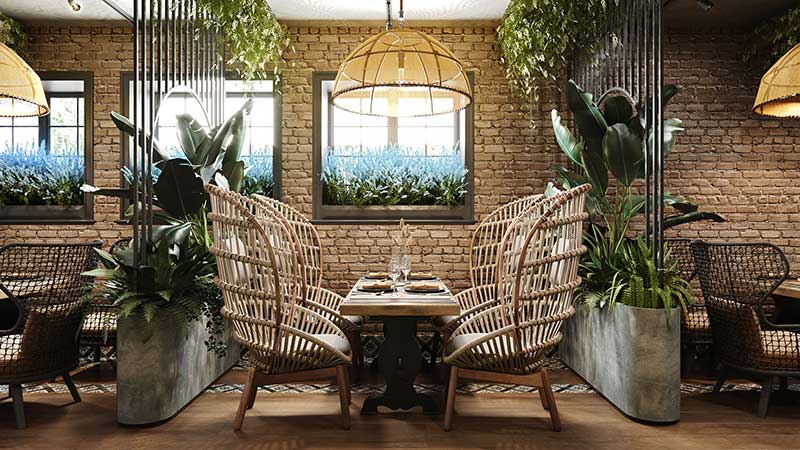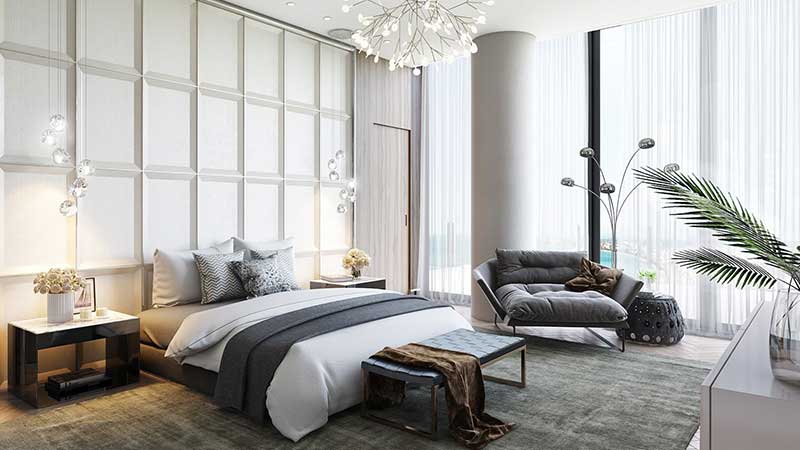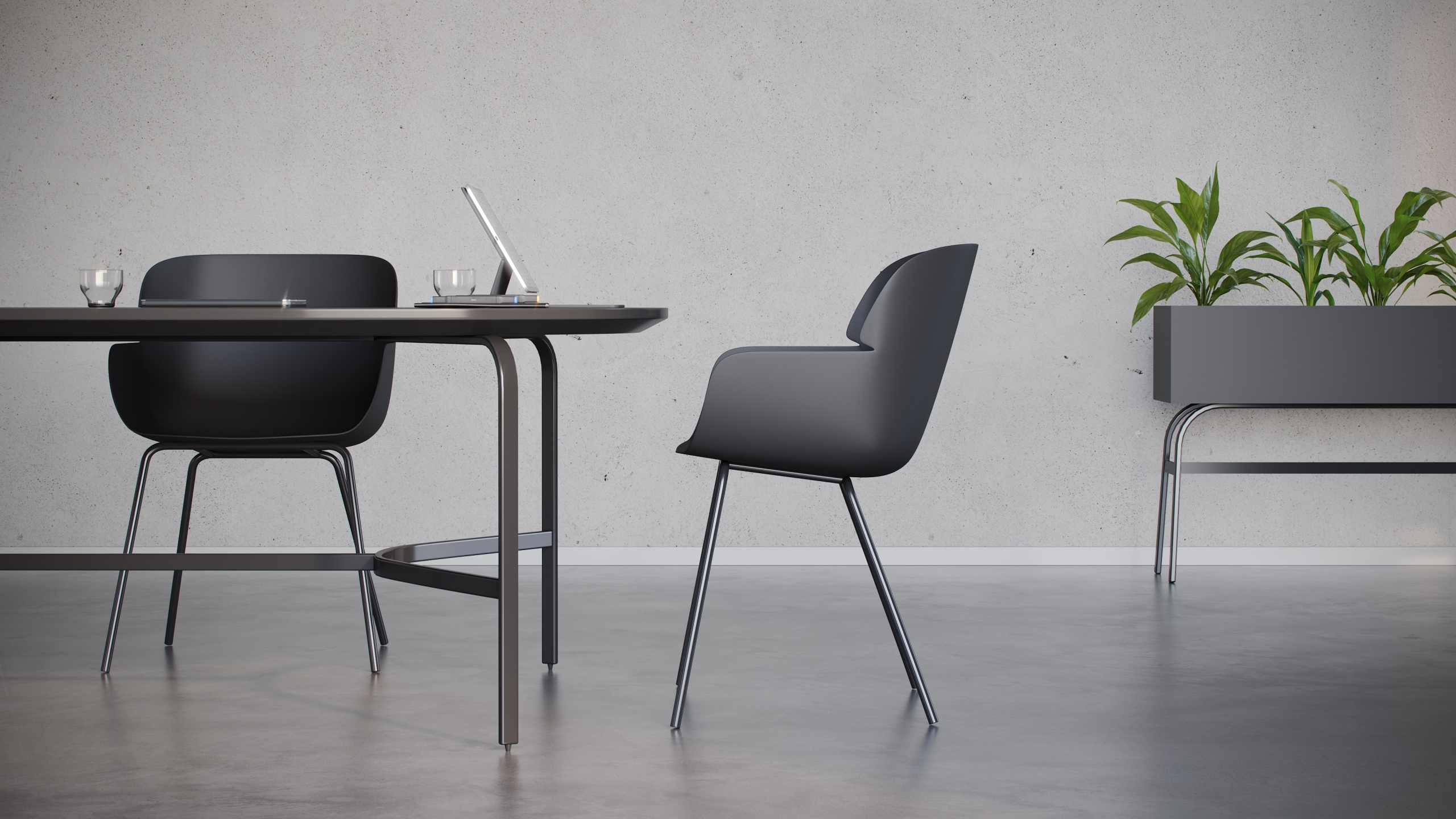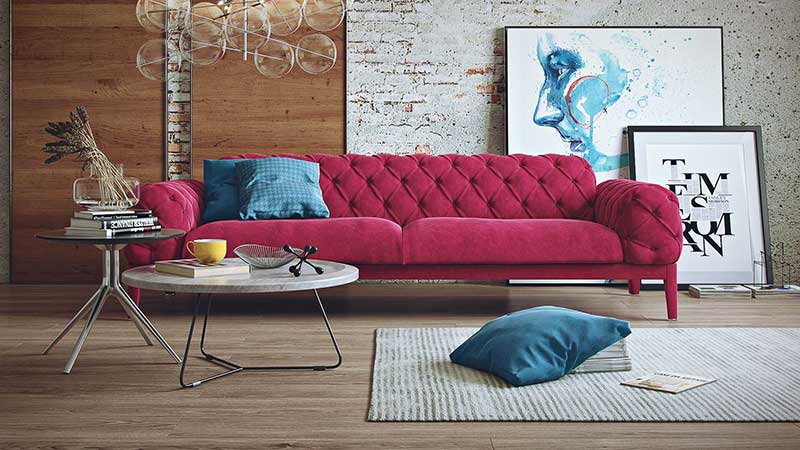CG Render
What Composition to Choose for Product Images
Marketers and manufacturers know that making actual photo sessions for product roomsets is a very expensive, effort-requiring and tiresome process. Due to limited resources, it is difficult to experiment with the composition of the scene because you have to constantly rearrange the whole set and the light. As a result, you end up either spending more money or compromising on creativity to save it. CG render is a much more convenient and budget-saving option.
Surely, with 3D you don’t even need to deal with actual objects and can get any roomset you like. However, even playing with a composition of the scene, one needs to understand what are its main rules. There are so many items in the lifestyle scene that if it’s done badly, buyers simply won’t be able to focus on the main product and get the visual message.
Therefore, before ordering a CG render from a 3D rendering company, you have to educate yourself about the main types of composition and learn which one to use for the maximum effect. So let’s do it!
#1. Symmetry

Symmetry is one of the most popular types of compositions for CG render, art and photography. It is based on arranging all objects towards the center and putting the main product in the middle of a scene.
Therefore, when buyers see the promo with symmetrical composition, they automatically pay attention to the central item and completely focus on it. However, using symmetry too often may lead to dull and lookalike CG renderings so you better alternate it with the next methods.
#2. Rule of Thirds

The rule of thirds is based on the division of a whole frame into 3 thirds and 9 identical squares. In this case, CG artists put the main object closer to the right side of the CG render so that the scene gravitates towards it and unfolds from left to right. And since most people read from left to right, we study pictures the same way.
With this rule, 3D artists can create a more dynamic composition for CG rendering. As a result, the scene is not as static as the symmetrical one but is still well-balanced and product-oriented.
#3. Golden Ratio

The golden ratio is a classic composition method that artists have used since the Ancient Greece era. It’s a bit similar to the rule of thirds because basically, artists again divide the frame into squares. However, this time they are of different sizes and their parameters are calculated according to a certain formula.
After CG experts divide the frame into squares, they draw a curved line that goes through all of them. It’s called the Fibonacci spiral. Since squares serve as a manual on how to group the objects within the CG render, the Fibonacci spiral manifests the dynamics of the whole scene.
Even if this approach seems to be a bit complicated and laborious to you, CG experts know it is worth the effort. Both Ancient Greeks and Renaissance architects proved that the human eye sees images with the golden ratio as beautiful ones. This rule works for modern CG renders too, and 3D arrangement based on this ratio comes out perfectly organized, i.e. golden.
#4. Minimum of Objects

A minimalistic CG render is not the same thing as a product photo on a white background. However, austerity is also the key to this type of visual arrangement. To create a minimalistic CG image, 3D artists place the main object in the center and add only a few decorative items to accompany it.
Thus, all the buyers’ attention goes directly to the product but still, a 3D lifestyle render looks livable and cozy. In the case of a minimalist arrangement, CG artists add depth to the scene not with decor but by experimenting with the surrounding interior and its finishing.
#5. Color Combo
The composition is not only about arranging objects in the scene but also about the color combinations. Professional CG artists use a color wheel to pick colors and tones for each CG render. They select complementing or contrasting colors depending on the task and design of the main item.
For example, to highlight the bold-colored product, CG specialists can choose more neutral tones for surrounding objects. Or on the contrary, they can add some color contrasts here and there to enhance the dynamics of the 3D render even more.
3D studio artists have plenty of experience and specific knowledge of fine art and design. As a result, they know how to build winning compositions and make emotionally appealing CG renders. They can base their 3D lifestyle on color combinations of the objects, experiment with the number of items, or use classical techniques such as symmetry or the golden ratio.
Figured out the compositions and want a jaw-dropping CG roomset for your brand? Choose our 3D rendering services, and get awesome product 3D renders that will outshine competitors’ offers!




Leave a Reply
Want to join the discussion?Feel free to contribute!